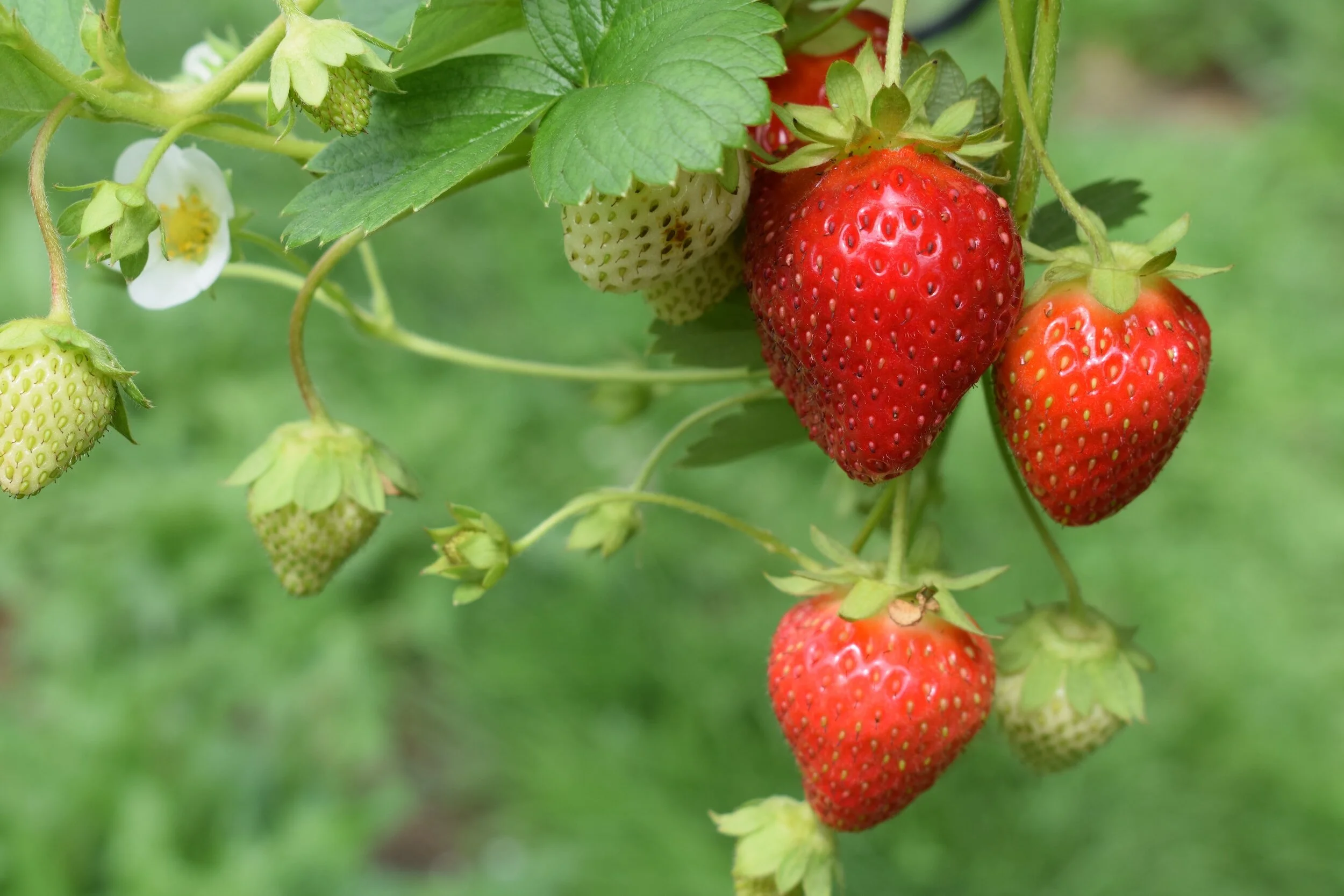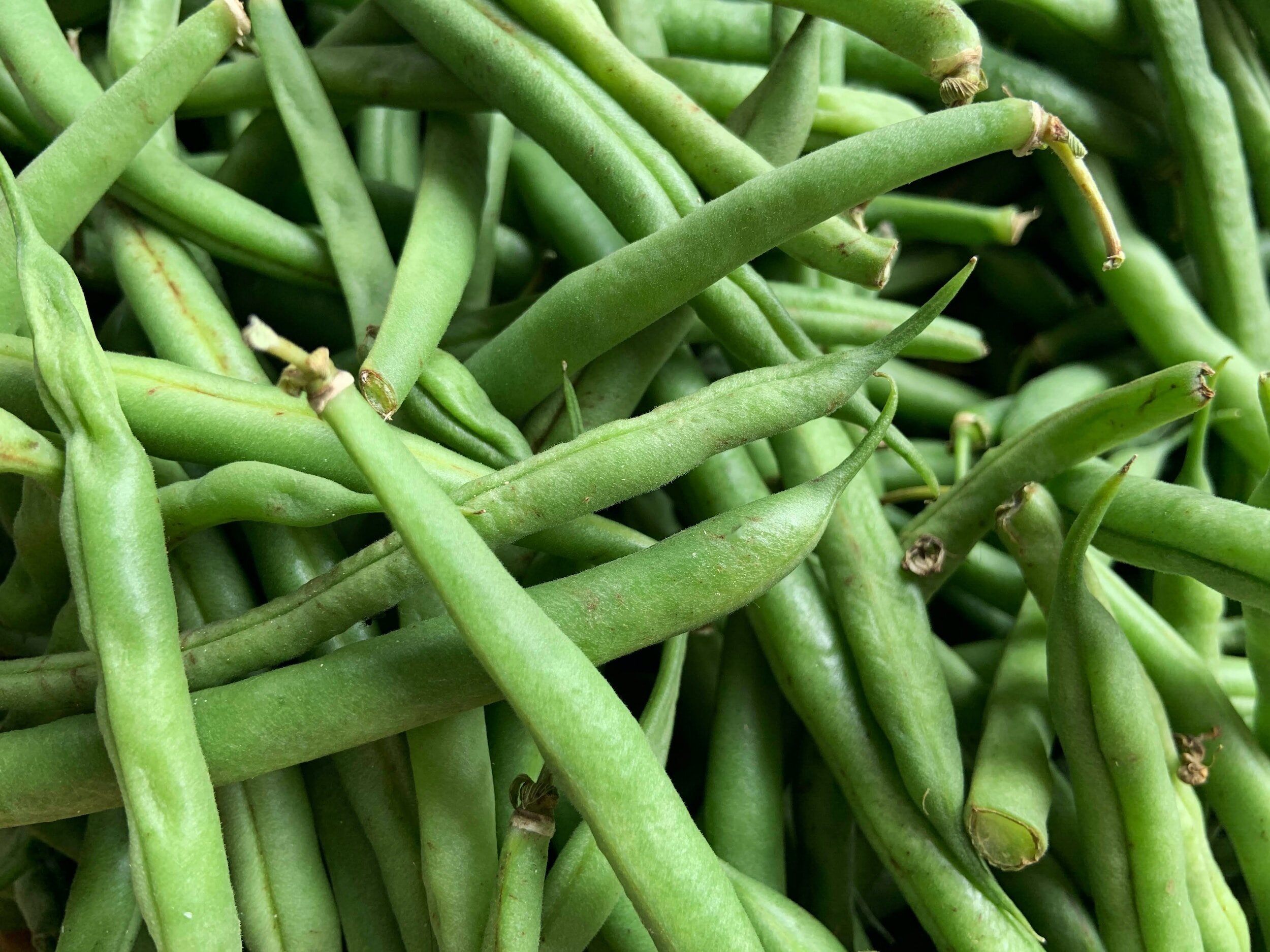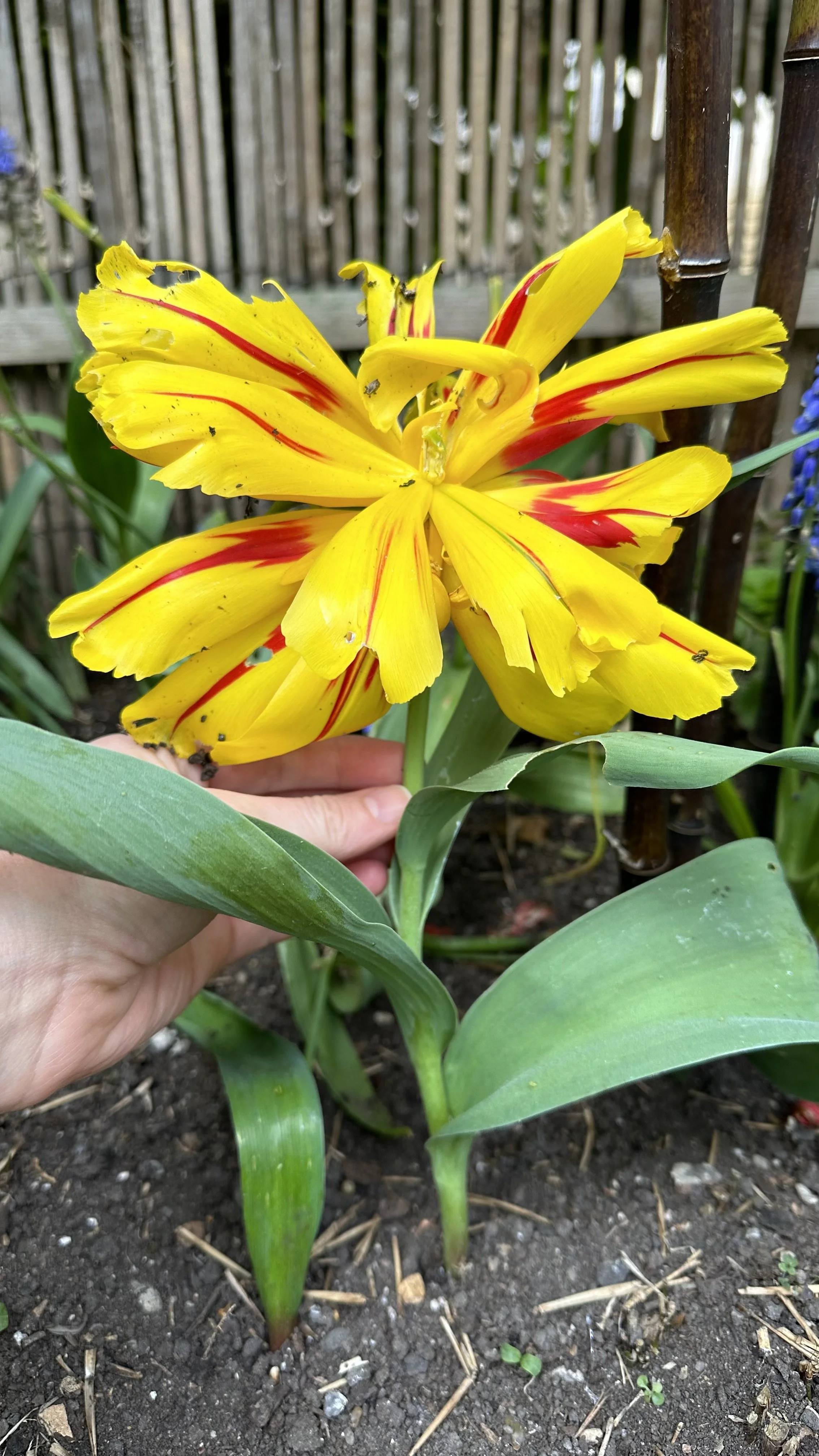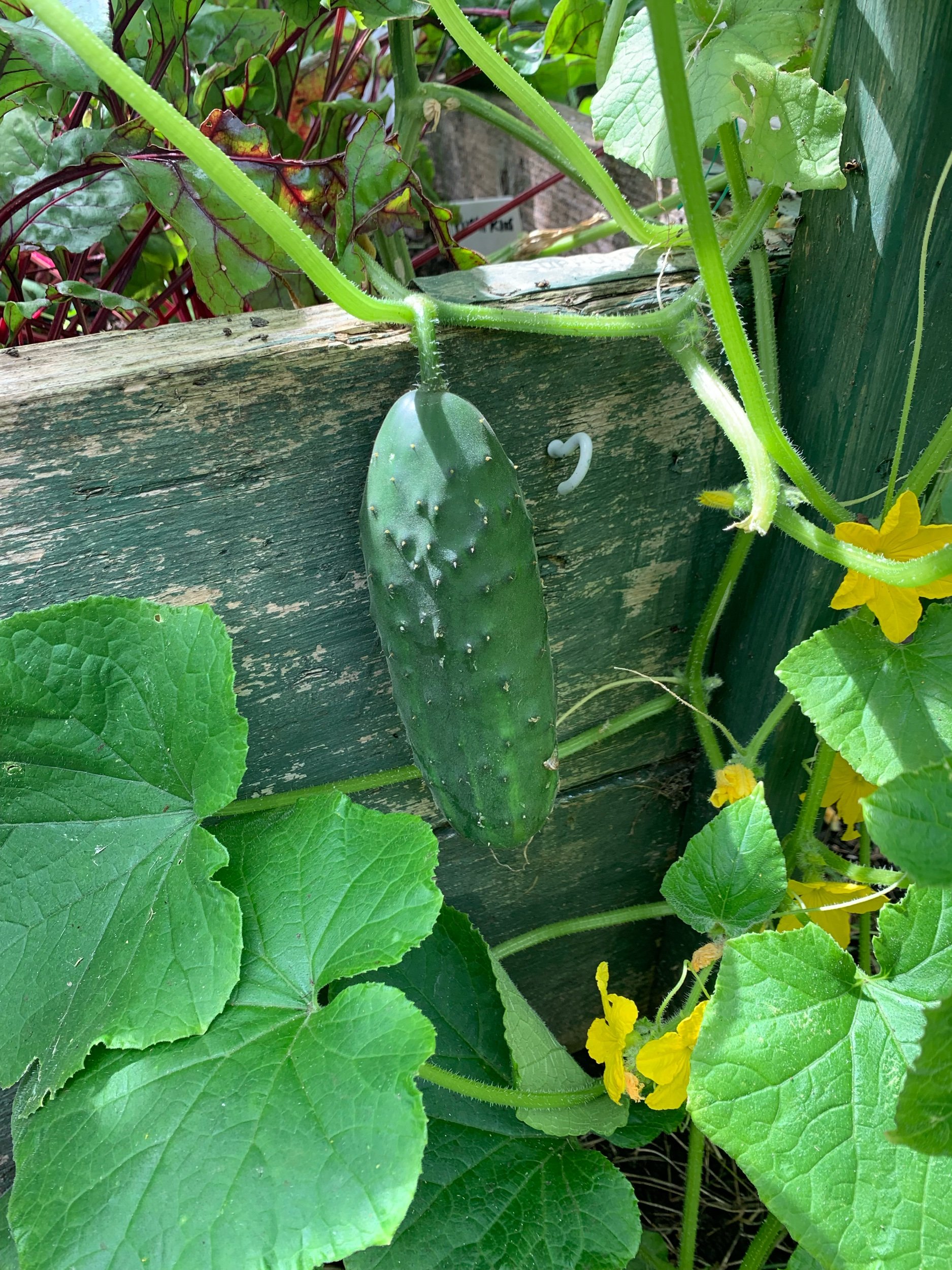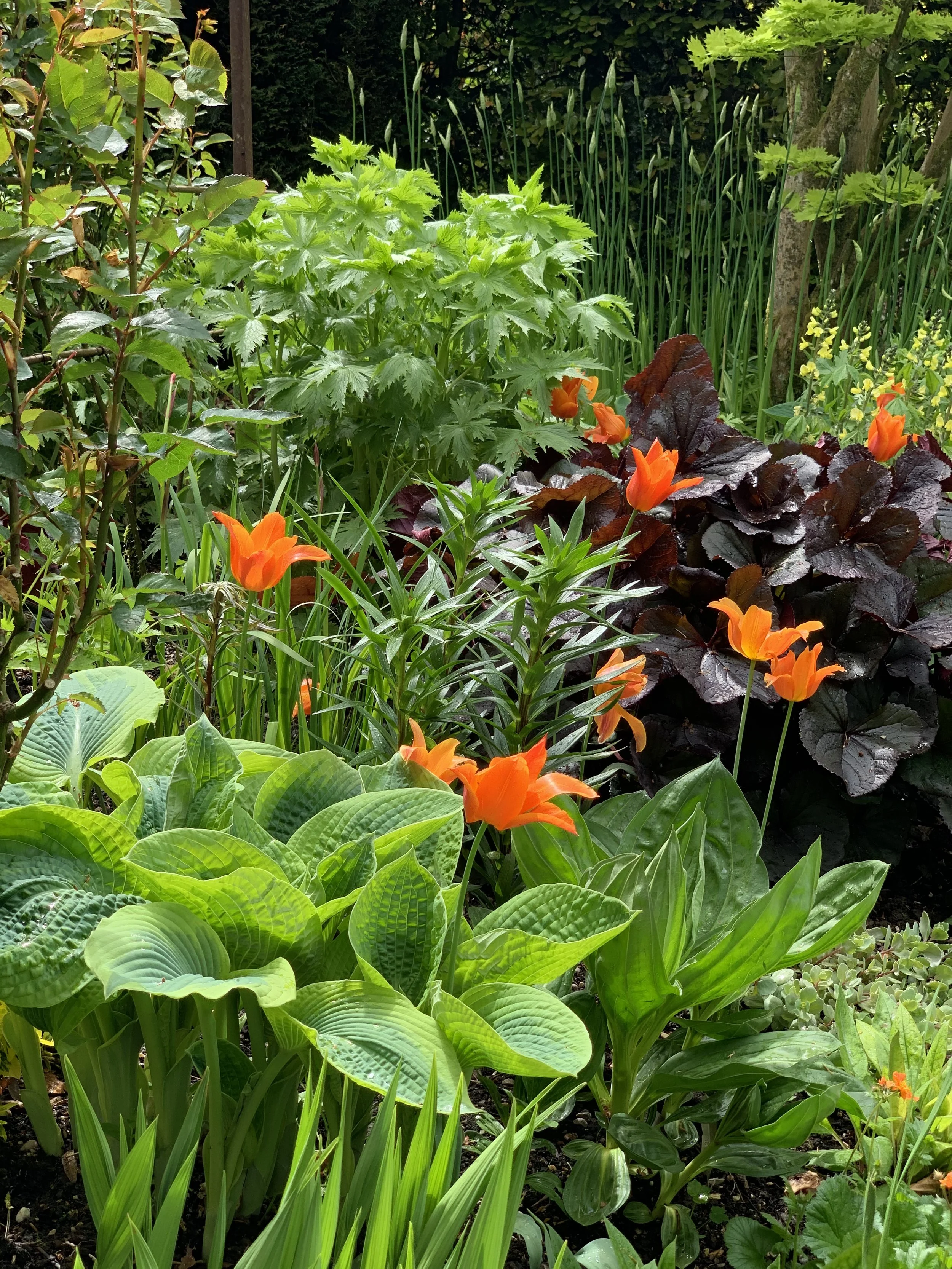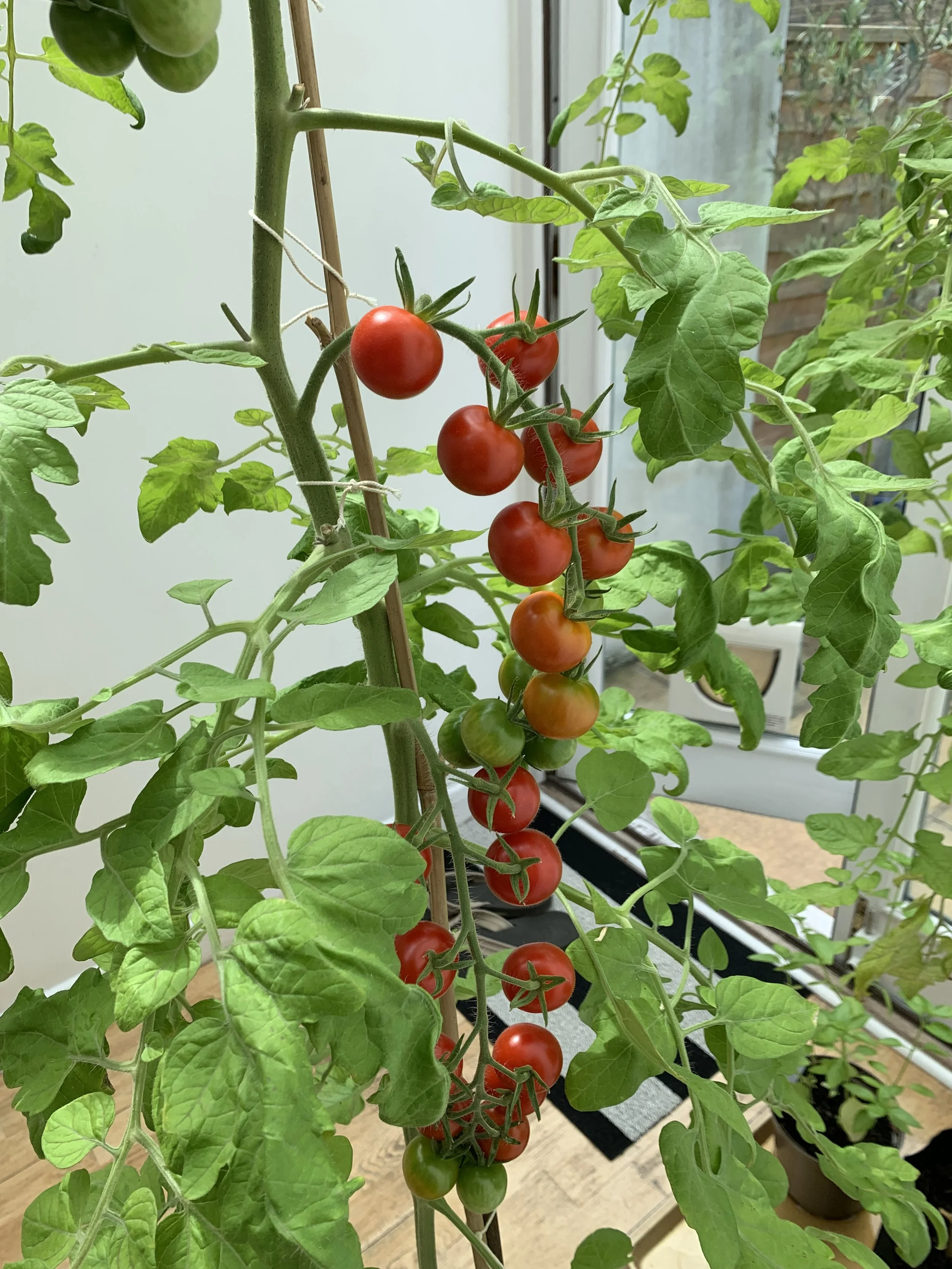The Best and Worst Companion Plants for Asparagus
This article has links to products that I may make commission from.
Asparagus, a mainstay of vegetable gardening, is a treat to both the palate and the eyes in any home garden.
Its airy foliage sways gently in the wind, and its spear-like shoots, indicative of the abundant growing season, are highly anticipated by vegetable gardeners worldwide.
However, have you ever considered that the success of your asparagus yield can be significantly influenced by its neighboring plants?
This concept is fundamental to what is known as 'companion planting,' which can make a vital difference in the thriving success of your asparagus in vegetable gardening.
Here we'll explore the captivating world of companion planting with asparagus, an approach deeply anchored in centuries of vegetable gardening wisdom.
We'll pinpoint the best and worst companion plants for asparagus in vegetable gardening and explore how tactically positioning certain plants can attract beneficial insects, ward off asparagus beetles, and guarantee a fruitful harvest.
Whether you're planting in an extensive garden bed or a container garden, this guide aims to equip you with the know-how to enhance your asparagus yield and ensure the health of your plants for many seasons to come.
To learn more about vegetable companion planting, check out my guides Boost Your Turnips with Companion Planting and Companion Plants for Healthy Brussels Sprouts.
In this article:
What is Companion Planting and Why is it Important?
Companion planting is an organic and environmentally friendly gardening practice that's been used for centuries around the world. It's based on the principle that certain types of plants can benefit each other when grown in close proximity.
Companion planting operates on multiple fronts. Some plants may help to deter pests or attract beneficial insects, while others may improve the quality of the soil or boost the productivity and flavor of neighboring crops.
Each plant in a companion planting system plays a unique role, contributing to a harmonious and balanced mini-ecosystem that can help your garden thrive naturally.
Natural Pest Control
One of the key advantages of companion planting is natural pest control.
Some plants can repel harmful insects, while others can attract beneficial ones. For instance, the scent of certain herbs or flowers may deter pests like the asparagus beetle, reducing the need for synthetic pesticides.
Soil Health and Nutrient Uptake
Companion plants can also contribute to soil health. Certain plants, particularly legumes like peas and beans, can fix nitrogen from the air into the soil, making this crucial nutrient available to other plants.
Similarly, deep-rooted plants like asparagus can help to break up heavy soils, improving drainage and making it easier for other plants' roots to access water and nutrients.
Spatial Efficiency and Crop Protection
Companion planting also optimizes garden space.
Taller plants can provide shade for lower-growing, sun-sensitive crops, while sprawling plants can act as living mulch, suppressing weeds and conserving soil moisture.
For example, planting lettuce or strawberries, which enjoy similar conditions as asparagus, can serve as a ground cover, reducing water evaporation and inhibiting weed growth.
Pollination and Biodiversity
By attracting beneficial insects, companion planting can also enhance pollination, crucial for many fruiting vegetables.
More diversity in your garden can also lead to a healthier and more resilient ecosystem. With a mix of plants, pests are less likely to spread rapidly and cause significant damage.
In the context of asparagus, using companion plants can mean fewer problems with pests, better use of space, and potentially, a greater harvest.
Hence, understanding the dynamics of asparagus companion planting is a significant step towards a flourishing garden.
The Best Companion Plants for Asparagus
Tomatoes
Tomatoes are among the top companions for asparagus due to the mutually beneficial relationship they share.
The solanine emitted by tomato plants is a natural deterrent to the asparagus beetle, one of the primary pests of asparagus.
This allows asparagus plants to grow without the added stress of these damaging pests.
Additionally, asparagus plants can ward off some pests common to tomatoes, including nematodes, which cause root damage.
Learn how to Grow Tomatoes Anywhere with Grow Bags.
Here are the tomato seeds I recommend:
Basil
Basil serves as an excellent asparagus companion plant due to its strong aroma, which can confuse and repel asparagus beetles.
This herb also attracts beneficial insects, such as bees and butterflies, that can enhance pollination across the garden, benefiting both the asparagus and other plants.
To learn more about growing basil, check out my guides How to Propagate Basil Like a Pro and How to Harvest Basil Seeds the Right Way.
Here are the basil seeds I recommend:
Parsley and Dill
These aromatic herbs are known for their ability to attract beneficial insects, which are natural predators of common garden pests.
Parsley and dill are particularly effective in attracting parasitic wasps and ladybugs, which feed on asparagus beetles, thereby offering natural pest control.
Learn the best herbs to grow together in my guide Herbs That Can Be Planted Together: The Best Combinations.
Here are the parsley and dill seeds I recommend growing:
Marigolds and Nasturtiums
These flowering plants serve a dual purpose.
Besides adding color and beauty to your garden, marigolds and nasturtiums have pest-repelling properties.
Their bright colors and strong scents deter many pests, including asparagus beetles.
Moreover, they attract beneficial insects, promoting a healthier garden ecosystem.
Learn everything you need to know about growing nasturtiums in my guide Utilizing Nasturtium Companion Plants for Natural Pest Control.
Here are the nasturtium and marigold seeds I recommend planting:
Strawberries
Asparagus and strawberries are good companions due to their compatible growing conditions and seasonality.
They both appreciate well-drained soil, and since asparagus shoots and strawberry fruits mature at different times, they won't compete for nutrients.
Plus, the low-growing strawberry plants provide ground cover, conserving soil moisture and suppressing weed growth around the asparagus.
Learn how to grow strawberries in my guides:
Top Companion Plants for Growing Juicy, Sweet Strawberries
How to Plant a Strawberry Patch That Continually Produces Fruit.
Here are the strawberry plants I highly recommend:
Asparagus and Other Vegetables: Peas, Carrots, and Cucumbers
Can I plant peas with asparagus? What about carrots or cucumbers?
Yes, these vegetables get along well with asparagus plants too. They can provide a good ground cover for asparagus, helping retain soil moisture and suppress weeds.
Peas
Peas are an excellent companion plant for asparagus for a few reasons.
Firstly, peas are legumes, and like all legumes, they have a unique ability to "fix" nitrogen from the atmosphere.
Using a symbiotic relationship with bacteria in their root nodules, they convert this atmospheric nitrogen into a form that plants can use.
When peas are planted near asparagus, the asparagus can benefit from this additional nitrogen source, promoting greener, healthier growth.
Secondly, peas have a different growing season than asparagus, which means they won't compete for resources.
Peas are often harvested in late spring or early summer, right around the time when asparagus is finished producing for the year.
Check out my guide: The Ultimate Guide to Growing Peas in Pots.
Here are the pea seeds I recommend:
Carrots
Carrots can be good companions for asparagus as well.
As a root vegetable, carrots have a different growth habit and rooting depth than asparagus, which means they won't compete directly for nutrients or space.
The fine roots of carrot plants can also help to break up heavy soil, improving aeration and water penetration, which benefits the asparagus plants.
Moreover, carrots can provide a modest amount of ground cover in the garden bed, helping to suppress weed growth and conserve soil moisture.
Their feathery tops aren't as dense as some other ground cover plants, but they can still offer these benefits to some extent.
Learn everything you need to know about When to Pick Carrots: The Comprehensive Guide.
Here are the carrot seeds I recommend:
Cucumbers
Cucumbers can also be suitable companions for asparagus.
The broad leaves of cucumber plants provide shade and can help keep the soil cool and moist, which asparagus plants appreciate.
Additionally, like carrots, cucumbers have a different growth habit and rooting depth than asparagus, meaning they won't compete directly for nutrients or space.
However, keep in mind that cucumbers are heavy feeders and need a lot of nutrients, so they should be well-fed and not relied upon to pull nutrients from the same soil area as your asparagus.
Here are the cucumber seeds I recommend:
In summary, peas, carrots, and cucumbers can all be beneficial companions for asparagus in your garden. By understanding their growth habits and needs, you can utilize these plants to create a more productive and balanced garden ecosystem.
The Worst Companion Plants for Asparagus
Alliums (Onions, Garlic, Leeks)
Asparagus and alliums, which include onions, garlic, and leeks, don't mix well.
These plants are believed to inhibit the growth of asparagus, making them some of the worst companions.
Though the exact reason for this negative interaction isn't fully understood, it's suggested that they compete for similar nutrients and don't provide any clear benefits to each other.
Potatoes
Potatoes can inhibit the growth of asparagus and should not be planted in close proximity.
Both crops are heavy feeders, meaning they absorb a lot of nutrients from the soil, which can lead to competition and nutrient deficiency.
Furthermore, the risk of disease can increase when these two are planted close together as both are susceptible to similar soil-borne diseases.
To learn more about growing potatoes, check out my guide The Best Potatoes to Grow in Bags.
Beans
Although legumes like peas are beneficial for asparagus because they fix nitrogen in the soil, beans are an exception.
Beans and asparagus are known to inhibit each other's growth when planted together. Again, the exact reasons aren't fully known, but it's best to keep these two plants separate in your garden.
While these "rules" of companion planting are widely accepted, it's essential to keep in mind that every garden is unique.
Various factors, including soil conditions, climate, and specific plant varieties, can influence plant relationships.
Always keep a watchful eye on your garden, and don't hesitate to experiment and learn what works best for your specific conditions.
With careful planning and observation, you'll be able to cultivate a thriving, productive asparagus bed!
Understanding the dynamics of companion planting is an invaluable tool in the gardener's kit.
When it comes to asparagus companion plants, it's clear that certain neighbors can help asparagus thrive by deterring pests, improving soil health, and fostering a balanced garden ecosystem.
From tomatoes and basil to strawberries, peas, carrots, and cucumbers, there are a host of friendly allies you can include in your asparagus bed. On the flip side, remember to avoid planting alliums, potatoes, and beans near your asparagus to prevent any detrimental competition.
If you're working with a limited space or prefer the convenience of container gardens, rest assured, the principles of companion planting still apply.
Container gardening offers the opportunity to control soil conditions better and move plants around as needed, enhancing the beneficial relationships between asparagus and its companions.
The process to plant asparagus involves a little effort, but with careful planning, the perennial nature of this vegetable makes it a rewarding garden resident. When planting asparagus, ensure that the soil is well-draining and rich in organic matter, as these deeply rooted plants appreciate nutritious soil.
Choose a sunny spot, and remember to give your asparagus plenty of room to grow, bearing in mind that the right companions can help it thrive even more.
In summary, asparagus companion planting is a fantastic practice to optimize the health, yield, and overall success of your asparagus bed. By embracing these natural partnerships, we can create more sustainable, resilient, and productive gardens.
Check out my other guides to companion planting:











